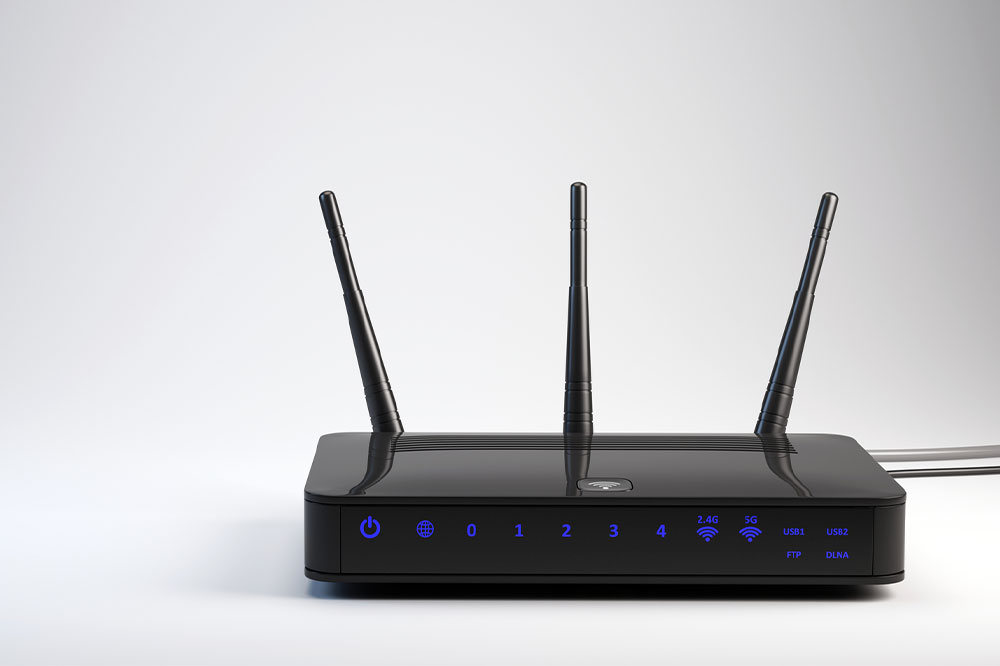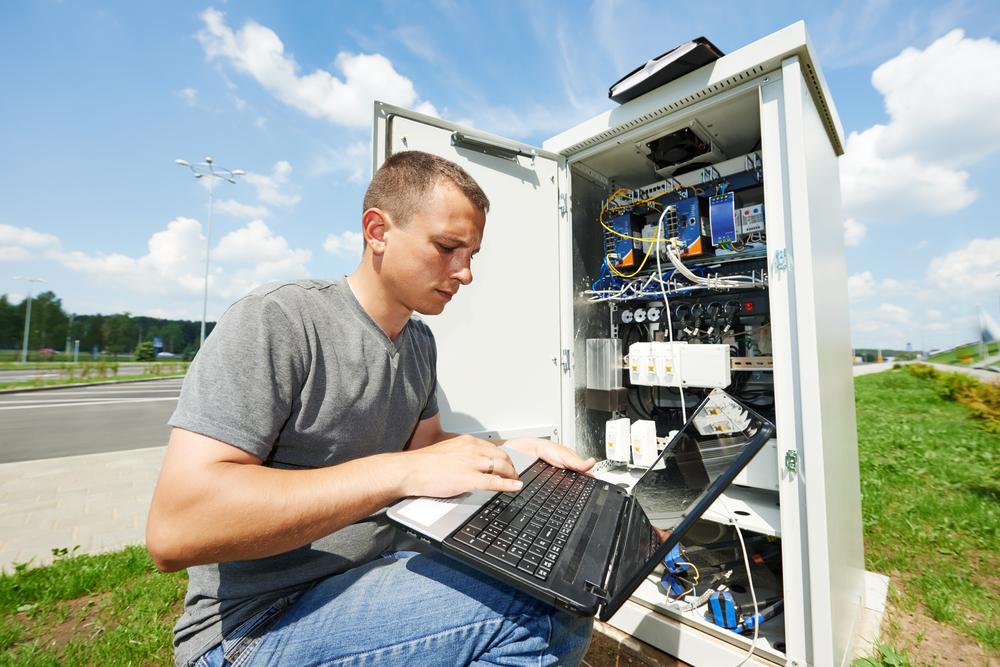Transforming America Through Expanding Broadband Infrastructure: Opportunities and Challenges
The article explores the essential role of broadband expansion in the United States, emphasizing economic growth, digital inclusion, and technological advancement. It discusses initiatives to bridge the digital divide, improve infrastructure, and position the US as a global leader in connectivity. The content highlights recent progress, ongoing challenges, and future strategies to ensure universal access to high-speed internet for all Americans, fostering a more equitable digital society and resilient economy.

The Future of Broadband in the United States
Broadband internet connectivity has become an essential pillar for the modern digital economy, impacting nearly every aspect of American life. From supporting economic growth and employment to enhancing educational opportunities and fostering technological innovation, high-speed internet forms the backbone of today's interconnected society. The shift towards digital communication, remote work, online learning, and digital service delivery depends heavily on the expansion and modernization of broadband infrastructure across the country.
With the advent of the digital age, the demand for reliable, fast, and affordable broadband services has surged. For many Americans, especially young adults aged 15 to 27, the internet is not just a convenience but an indispensable tool for job searching, acquiring certifications, engaging in remote learning, and maintaining social connections. This trend underscores the critical importance of infrastructure development to ensure equitable access for all demographics, including underserved and rural communities.
The evolution of broadband technology has transformed how Americans earn their livelihoods. Data flows seamlessly through a complex network of radio waves, coaxial cables, fiber optics, and wireless signals, providing fast, reliable communication channels essential for both personal use and business operations. From smartphones to enterprise servers, the communication infrastructure powers countless applications and digital services, enabling businesses to operate efficiently and individuals to stay connected.
Investments in broadband infrastructure not only support daily communication but also act as a catalyst for economic expansion. Modern digital economies rely on robust internet connectivity; hence, governments, private companies, and communities collaborate to develop infrastructure that meets increasing demand. Public facilities such as libraries, educational institutions, healthcare centers, and community hubs are prioritized for digital literacy programs, equipping millions with the skills needed for the digital economy and fostering workforce readiness.
Research indicates that expanding broadband access adds approximately $21 billion annually to the US economy. However, despite substantial progress, a significant digital divide persists. Many communities, especially in rural and low-income areas, remain disconnected from reliable high-speed internet. This disparity limits access to essential services such as healthcare, education, and employment opportunities, further entrenching economic inequalities and reducing overall competitiveness.
Addressing these disparities requires targeted initiatives including technical support, federal and state funding programs, educational workshops, and public-private partnerships. Efforts are underway especially to assist small businesses, seniors, minorities, and non-English speakers, ensuring inclusive digital growth. Resources and guidance are tailored to the needs of diverse user groups, helping them develop sustainable broadband solutions and integrate into the digital economy.
In recent years, innovative collaborations between government agencies and private corporations have accelerated broadband deployment. For instance, allocating dedicated spectrum for private sector development has facilitated faster network expansion. Modernizing emergency communication networks is also a priority, especially for rural and tribal areas, where connectivity gaps can hinder timely response during emergencies, natural disasters, or public safety incidents.
On the global scale, the United States trails behind other leading nations in broadband accessibility. In 2012, only 65% of Americans had access to high-speed internet, ranking 16th worldwide. Countries such as South Korea and Singapore boast access rates exceeding 90%, with some regions reaching 95%. To remain competitive, the US aims to bridge these gaps by expanding broadband to rural and underserved communities, with ambitious goals such as connecting 100 million homes by 2020 with speeds of at least 100 Mbps.
The overarching strategy seeks to position the US as a leader in mobile and wireless connectivity by deploying the fastest, most extensive networks globally. This includes achieving gigabit internet services at schools, hospitals, government buildings, and residential areas, ensuring universal access regardless of geographic location.
Creating resilient infrastructure is central to this approach, with a focus on connecting rural communities to urban hubs, fostering economic opportunities, and ensuring equity. Enhancing emergency services with nationwide broadband networks is also a priority, enabling first responders to maintain uninterrupted communication during crises.
As the digital economy continues to evolve, workforce adaptation is crucial. Ensuring that educational institutions, healthcare facilities, public agencies, and small businesses all have reliable broadband access will remain a core goal of policymakers. The federal government’s strategy emphasizes closing the digital divide, streamlining communication channels with federal agencies, and fostering economic resilience through comprehensive digital infrastructure initiatives.
In conclusion, the expansion of broadband in the United States is a vital component of national economic growth and social inclusion. Strategic investments, innovative collaborations, and focus on underserved areas are necessary to realize a digitally connected future that benefits all Americans, enhances safety, and strengthens the country’s global competitiveness.





